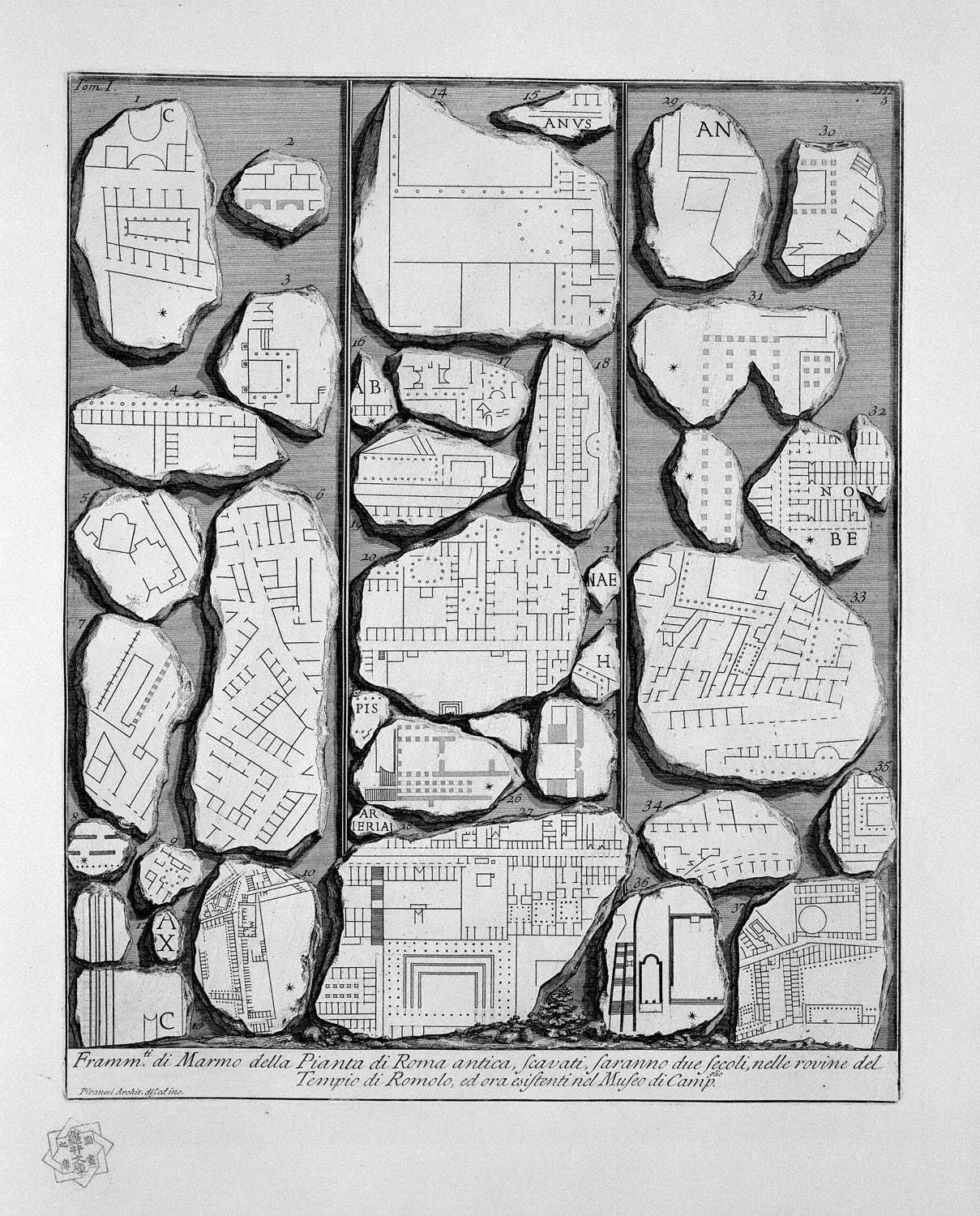Unveiling Ancient Roman Timekeeping
Ever wondered how the ancient Romans tracked time? Instead of years like we do today, they used a fascinating system called “Urbis Conditae,” meaning “from the founding of the city.” This system reveals a lot about Roman identity and their view of history. Let’s explore the intricacies of this unique timekeeping method.
What Exactly is “Urbis Conditae”?
For the Romans, “Urbis Conditae” was more than just a phrase; it represented the bedrock of their civilization. The “city” in question is Rome, of course, believed to have been founded in 753 BC. This date served as their “Year One,” the starting point from which they counted their years. To streamline things, they shortened “Urbis Conditae” to AUC (or sometimes AVC), much like our use of “AD” today.
How Did the AUC System Work?
Imagine a vast timeline. At its beginning lies 753 BC, designated as AUC 1. As each year passed, they simply added a number. So, AUC 753 corresponds to the year we know as 1 BC. However, as the Roman Empire evolved, so did its calendar. With the advent of the Common Era (AD), the “Urbis Conditae” system gradually fell out of use.
Why Was AUC So Important?
The “Urbis Conditae” calendar went beyond practical timekeeping; it symbolized Roman pride and identity. By anchoring their calendar to Rome’s founding, they declared the significance of their city and its history. Even today, April 21, 753 BC, the traditionally accepted date for Rome’s founding thanks to the scholar Varro, adds another layer of depth to the AUC system.
A Legacy Woven into Culture and History
“Urbis Conditae” reached far beyond dates on a calendar, shaping Roman historical narratives and cultural perspectives. Historians like Livy used AUC dating, cementing a chronological framework for the empire’s story. Even Emperors leveraged it to enhance their image and legitimacy.
From Ancient Rome to Modern Day
Though the Roman Empire may be gone, the “Urbis Conditae” system’s legacy persists. It laid the groundwork for modern dating systems, including the Anno Domini (AD) system we use today. So, the next time you glance at the date, remember the ancient Romans and their ingenious method of marking time.
What Does “Ab Urbe Condita” Mean?
Delving deeper, the Latin phrase “ab urbe condita,” often shortened to AUC, translates to “from the founding of the city.” This “city” is not just any city; it’s Rome, the epicenter of their world. Imagine if our calendar began not with Christ’s birth but with the signing of the Declaration of Independence. That’s essentially what the Romans did, placing Rome’s legendary founding by Romulus and Remus at the heart of their calendar. Instead of “2023 AD,” they would say “AUC 2776.”
This system wasn’t just about practicality; it was a powerful statement. Using AUC was a continual celebration of Rome’s enduring legacy, a source of pride and unity. While we no longer use AUC, understanding it provides invaluable insight into Roman history, allowing us to better interpret their writings, monuments, and worldview.
When Was the Founding of the City of Rome (Urbis Conditae)?
The year 753 BC wasn’t arbitrarily chosen; it marked the legendary founding of Rome by Romulus and Remus, according to Roman tradition. The AUC system, therefore, became a city-wide celebration of Roman pride and destiny. Even renowned Roman historians like Livy used it in their writings. His famous “Ab Urbe Condita Libri” (“Books from the Founding of the City”) chronicles Roman history, century after century, using AUC as its backbone.
Though we use the AD system today, understanding AUC is key to grasping the Roman mindset, their values, and their perspective on their place in the world. It unlocks a deeper understanding of their civilization, a civilization that continues to fascinate us to this day.
When Was “Ab Urbe Condita” Written?
Determining the exact date Livy began writing his “Ab Urbe Condita Libri” is a bit like pinpointing when Shakespeare wrote Hamlet – challenging, to say the least. We know Livy, born in 59 BC, likely started his work during the reign of Augustus Caesar, around 27 BC or slightly later. Augustus, having ushered in a golden age after years of civil war, was probably eager to promote a sense of history and destiny.
Livy himself lived through turbulent times, witnessing the fall of the Republic and the rise of the Empire. These experiences likely influenced his decision to write a history that linked Rome’s past to its present. He devoted over 40 years to this project, completing 142 books, though only 35 survive in full. While those lost books covered significant periods, including the Punic Wars and the rise of Julius Caesar, we still have summaries and fragments.
Despite not knowing the exact date Livy put pen to paper, his “Ab Urbe Condita” remains a remarkable achievement in historical writing. It captures the spirit of Rome, its myths, its triumphs, and its struggles, all viewed through the lens of the AUC dating system.
Exploring Related Topics
Interested in delving deeper into the fascinating world of ancient names and historical figures? Here are some captivating links to satisfy your curiosity:
- Discover the intriguing origin and significance of the biblical name Uriah: Uriah Name Meaning
- Delve into the life and motives of Umar Farouk Abdulmutallab, the notorious terrorist known as the “Underwear Bomber”: Umar Farouk Abdulmutallab
- SYBAU See You Baby Meaning: Gen Z Slang Evolves - July 1, 2025
- Unlock Your Inner Youth: Lifestyle Secrets for a Vibrant Life - July 1, 2025
- Decode SYBAU Meaning: Gen Z Slang Explained - July 1, 2025






